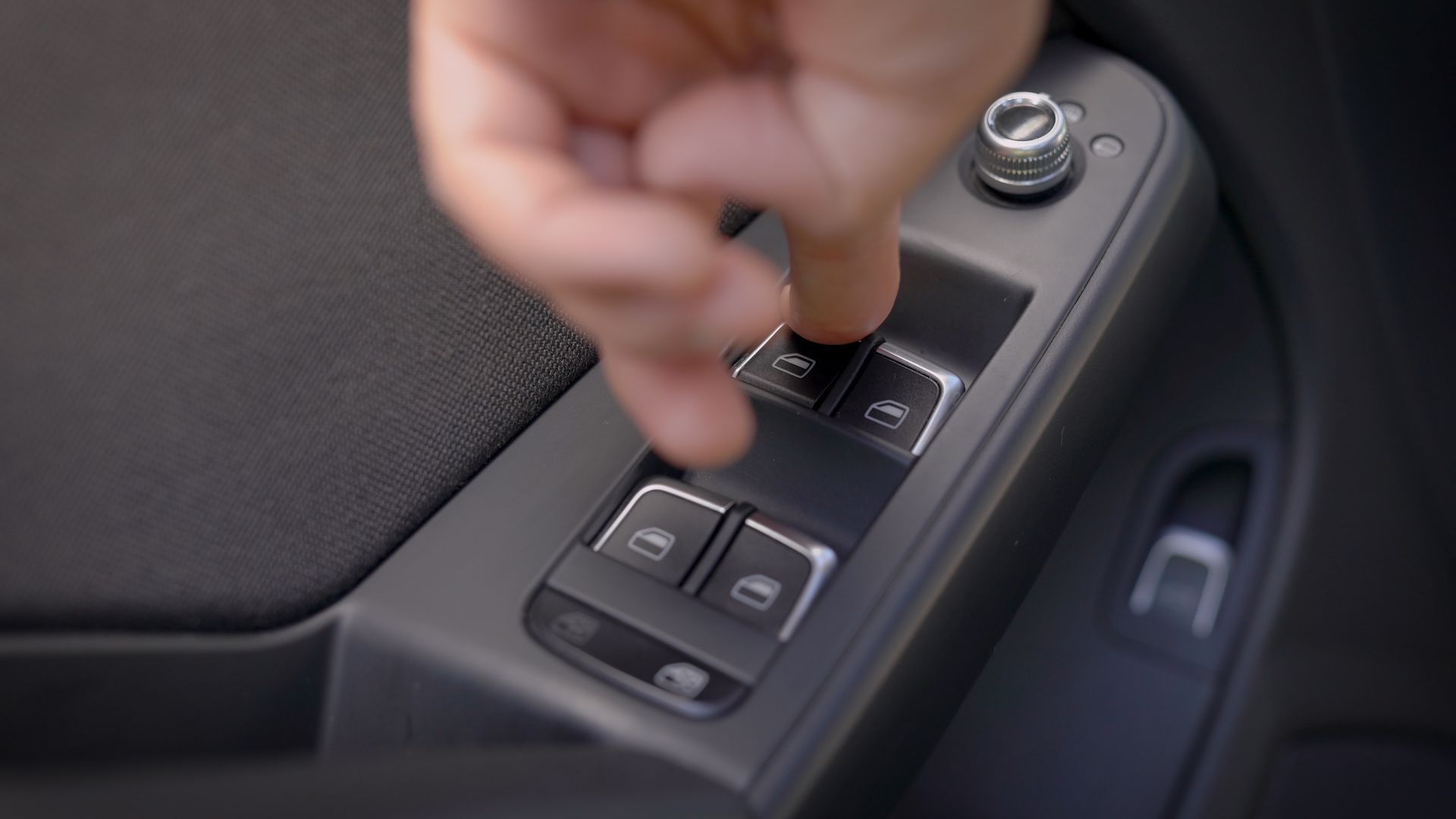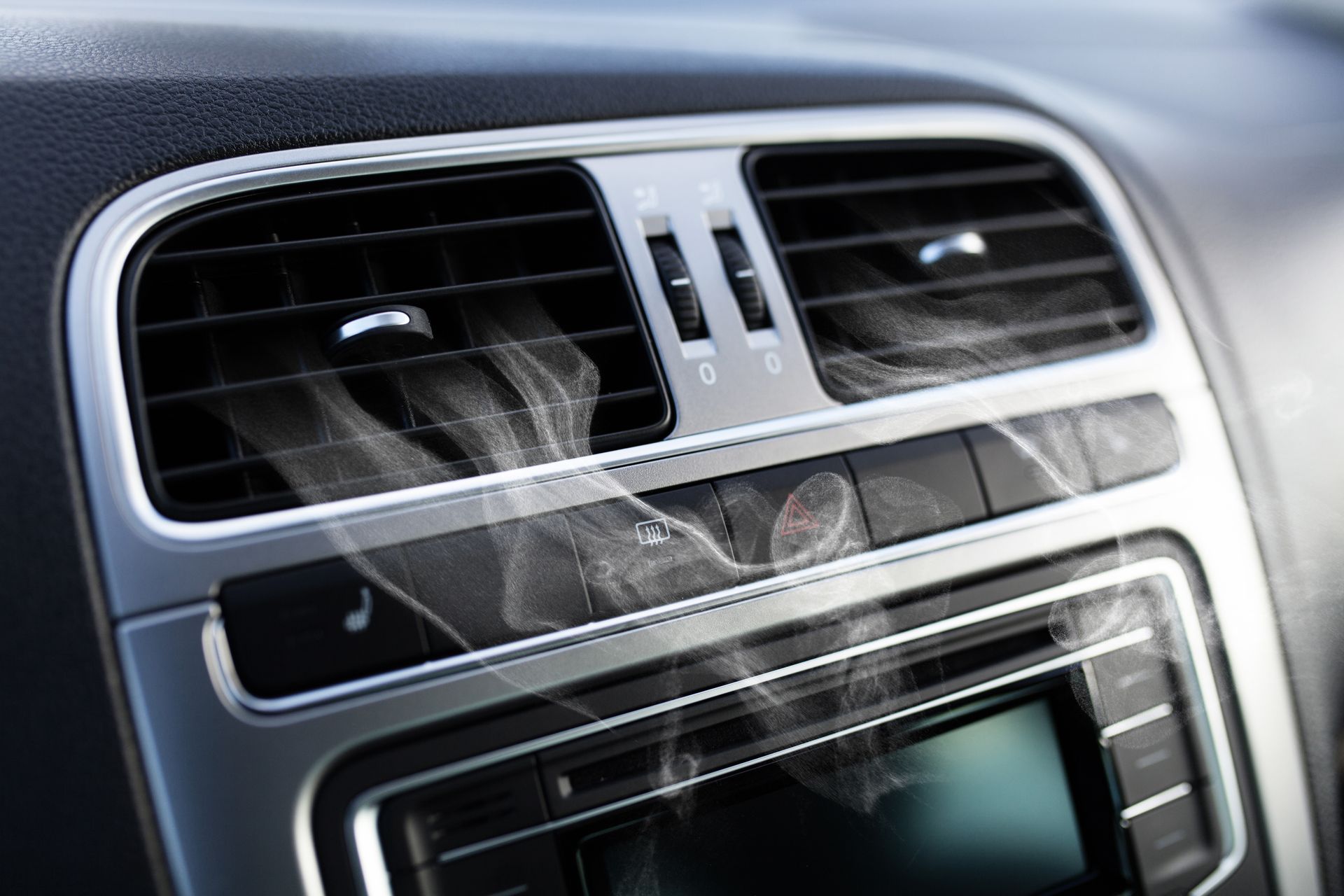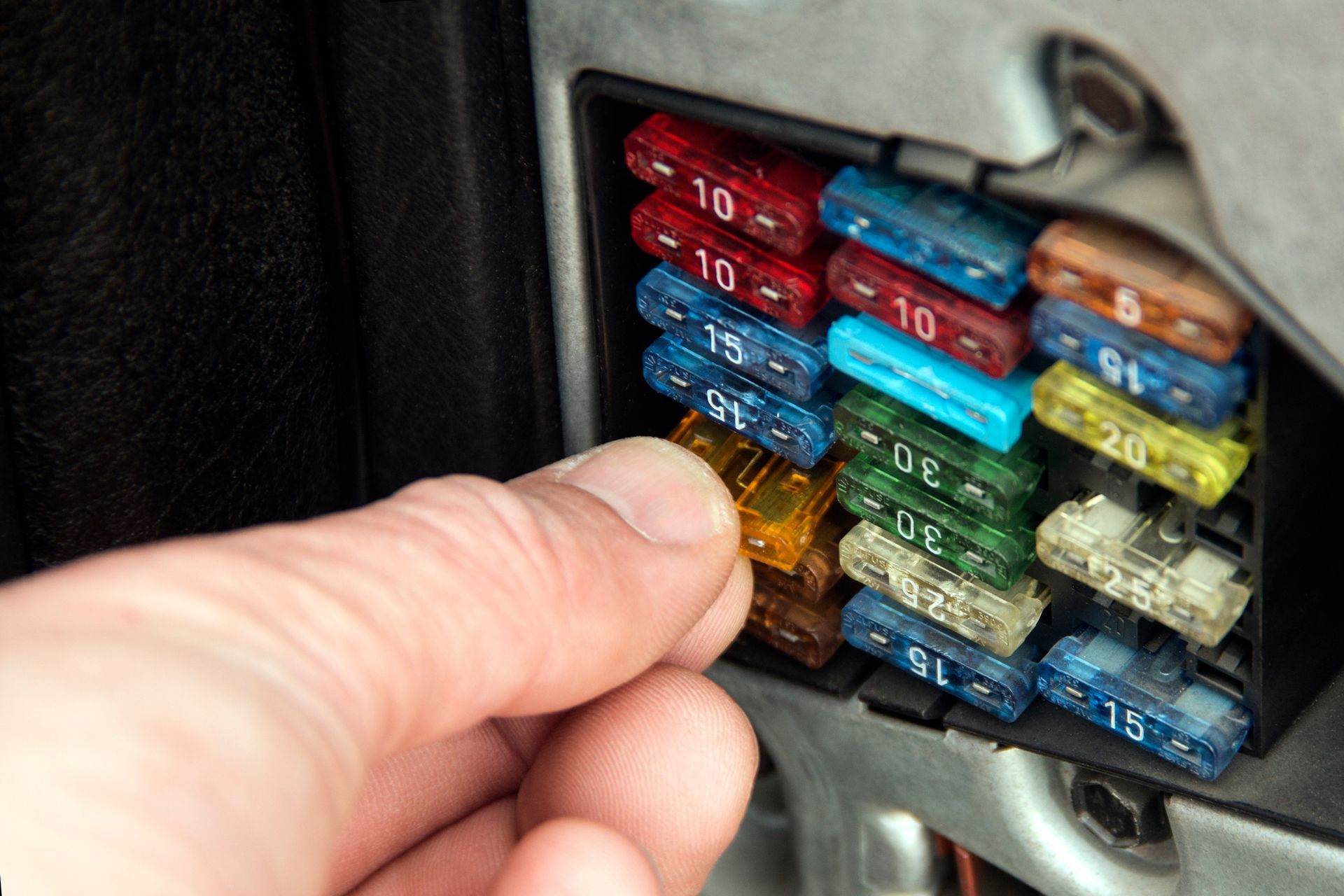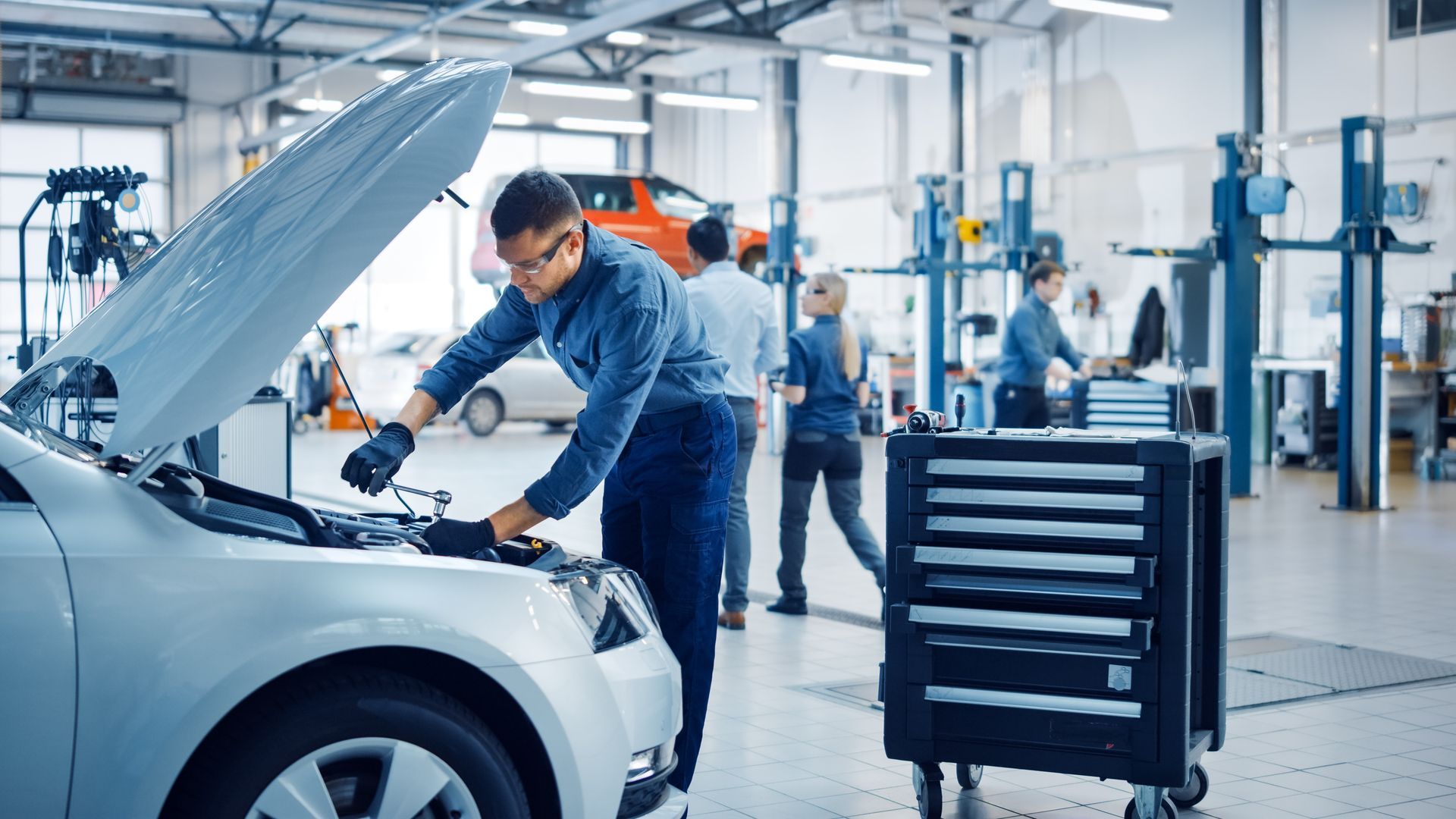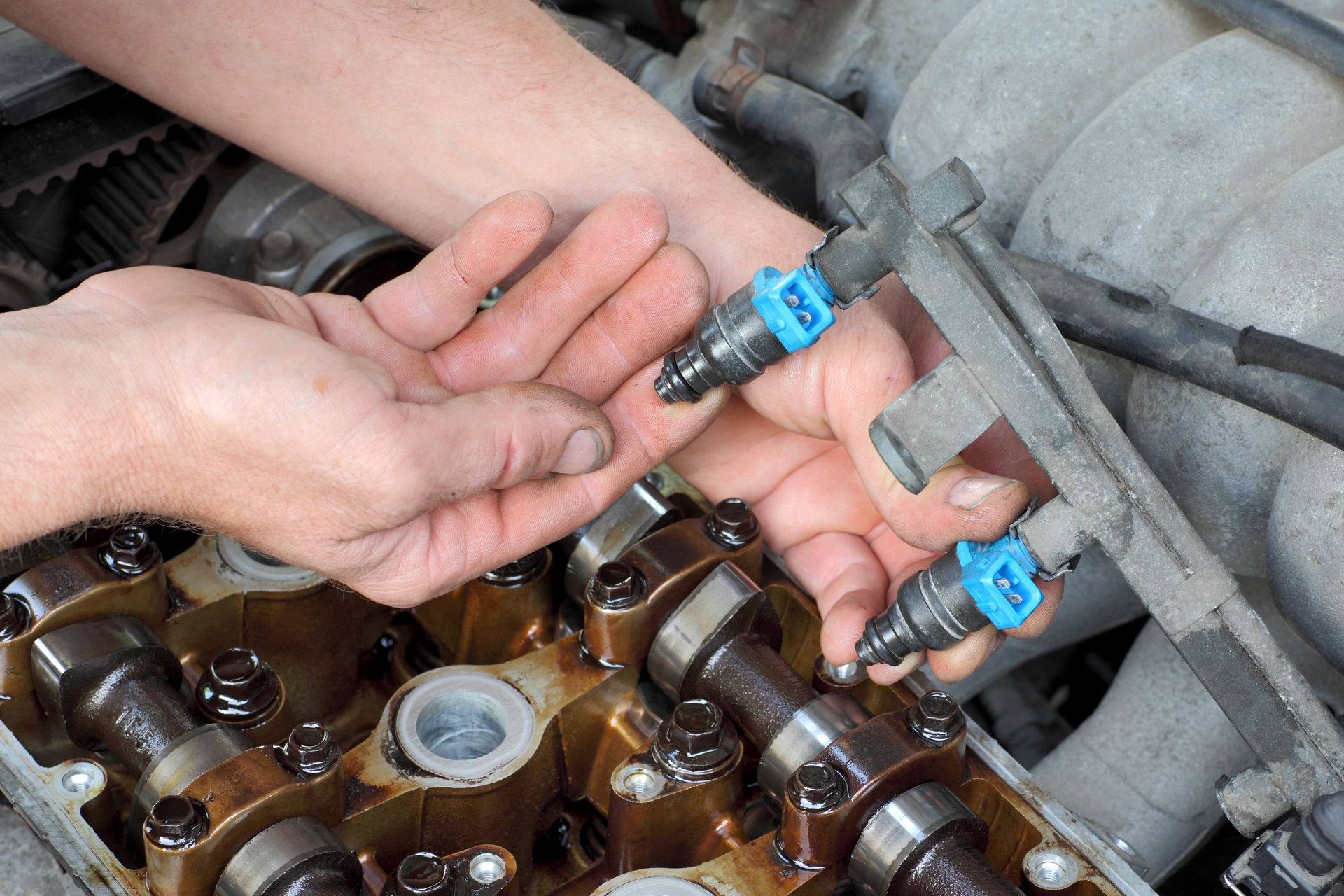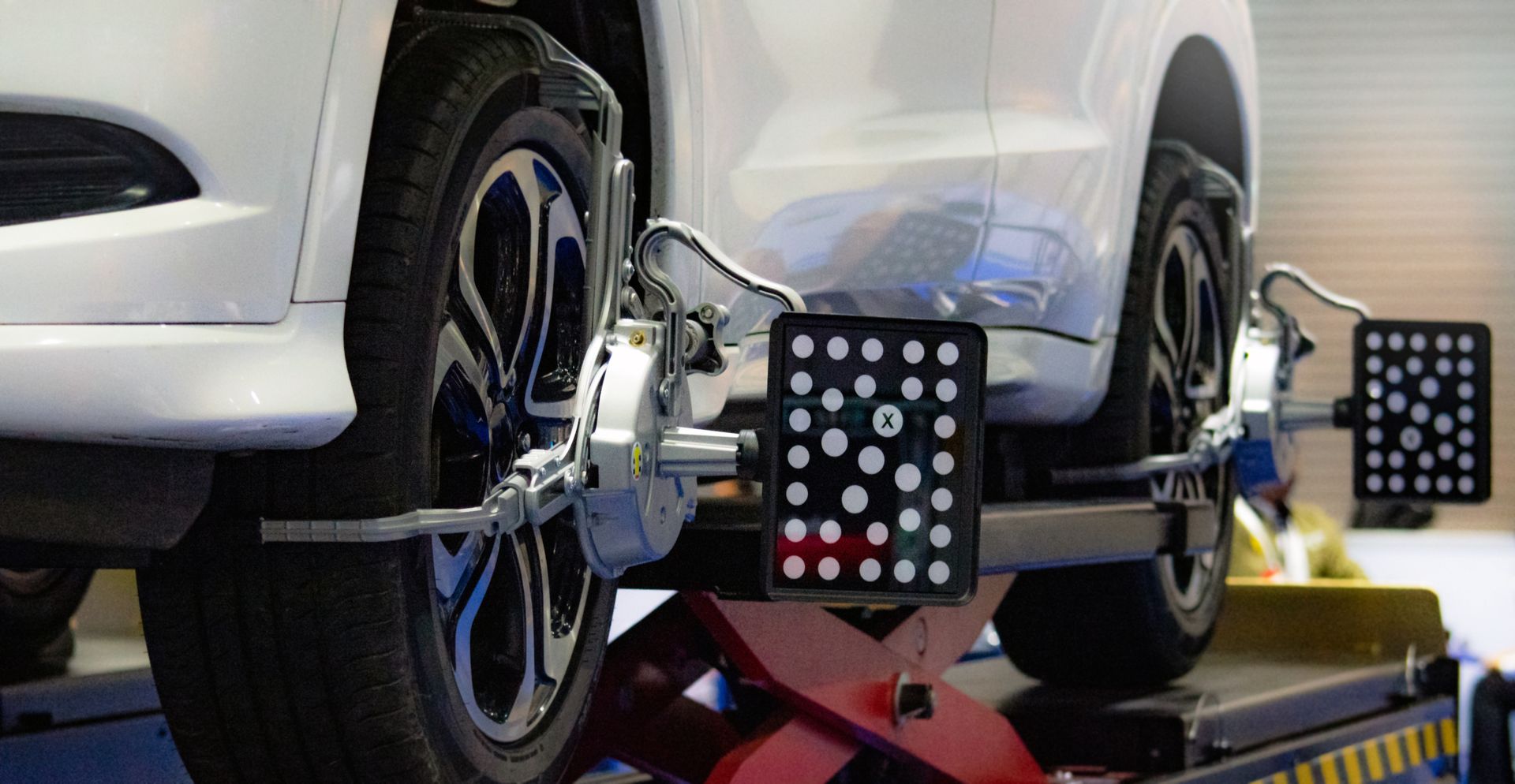Few things are more frustrating than finding your car won’t start because of a dead battery. Whether it’s caused by leaving your headlights on overnight or a battery reaching the end of its life, a jump-start can often get you back on the road quickly. While jump-starting might seem straightforward, doing it incorrectly can damage your car’s electrical system or even cause injury. Knowing the proper steps and precautions is essential to safely and effectively jump-start your vehicle.
Why Batteries "Die"
Car batteries can lose their charge for several reasons. Leaving lights or accessories on when the engine is off is a common cause. Extremely hot or cold weather can also weaken a battery and shorten its lifespan. Over time, batteries naturally lose their ability to hold a charge, usually after three to five years of use.
It’s important to know that if your battery dies frequently, there might be an underlying issue with your charging system or electrical components that needs professional attention.
Gather the Right Equipment
Before attempting a jump-start, make sure you have a reliable set of jumper cables and a working vehicle with a fully charged battery. Park the two vehicles close enough so the cables can reach, but make sure they’re not touching each other. Turn off both engines, remove the keys, and switch off all accessories like lights and radios.
Step-by-Step Jump-Start Process
Start by attaching one end of the red (positive) jumper cable to the positive terminal of the dead battery. Then connect the other red clamp to the positive terminal of the charged battery.
Next, attach one end of the black (negative) cable to the negative terminal of the good battery. Instead of connecting the other black clamp directly to the dead battery, attach it to an unpainted metal surface on the engine block or vehicle frame of the car with the dead battery. This serves as a safe grounding point and helps prevent sparks near the battery.
Once all clamps are securely attached, start the engine of the working vehicle and let it run for a few minutes. Then try starting the dead vehicle. If it starts, let both cars run for several minutes to allow the dead battery to charge further.
After a Successful Jump
Once your car is running, carefully remove the cables in the reverse order: start with the black clamp on the grounded surface, then the black clamp on the working battery, followed by the red clamp on the working battery, and finally the red clamp on the revived battery. Avoid letting the clamps touch each other or any metal surfaces during removal.
Drive your vehicle for at least 15 to 20 minutes after a jump-start to help recharge the battery. However, if your car struggles to start again shortly after, it’s a sign that your battery may need to be replaced or your charging system checked.
Important Safety Precautions
Jump-starting can be dangerous if not done properly. Never attempt to jump a battery that is cracked, leaking, or visibly damaged. Such batteries can explode or release harmful chemicals.
Always double-check that you’re connecting the cables to the correct terminals. Reversing polarity can cause serious damage to both vehicles’ electrical systems. Wear gloves and eye protection if possible, and make sure the area is well-ventilated.
When to Seek Professional Help
If your car still won’t start after a jump or dies repeatedly, there could be deeper issues, such as a failing alternator, corroded terminals, or parasitic electrical drains. In these cases, it’s important to have our professional technicians diagnose the problem to avoid further damage or unexpected breakdowns.
Preventing Future Battery Problems
Regularly checking your battery’s condition and keeping terminals clean can extend its life. Scheduling battery tests as part of routine maintenance can help catch issues before they leave you stranded.
If you know your battery is old or has been unreliable, replacing it proactively is often safer and more convenient than waiting for it to fail completely.
Stay Confident on the Road with Ally Auto Service in Omaha, NE
A dead battery can ruin your day, but knowing how to safely jump-start your vehicle puts you back in control. At Ally Auto Service in Omaha, NE (with two convenient locations), our expert team can inspect your battery and charging system and provide reliable replacements when needed.
Schedule a visit today and ensure your car is ready to start strong every time you turn the key.


